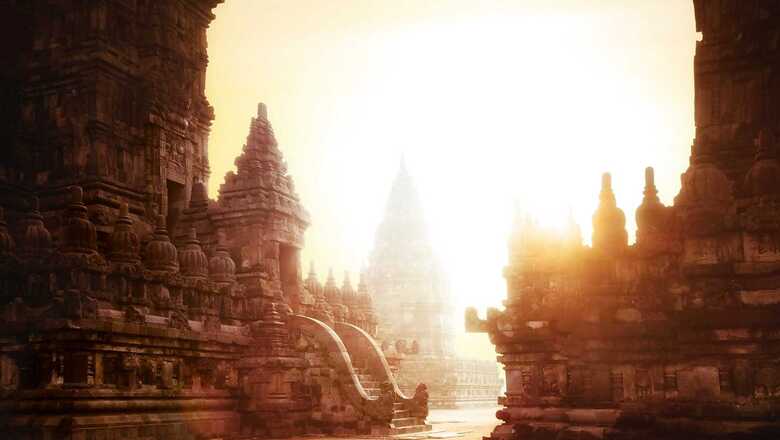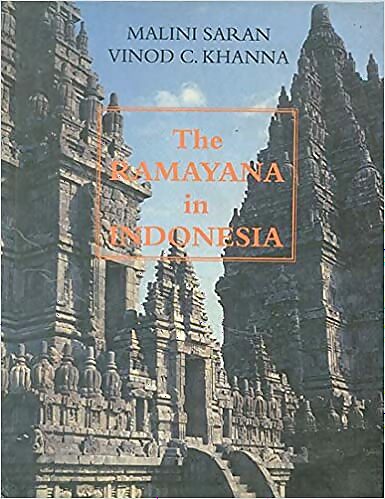
views
On the fourth day of Jaipur Literature Festival, three historians – William Dalrymple, Malini Saran and Vinod C. Khanna came together to discuss the rich Ramayana traditions of Indonesia. The discussion was based on Saran and Khanna’s book The Ramayana in Indonesia.
The authors described it as perhaps the most important and impressive overseas re-telling of the Rama’s tale.
“It is a remarkable thing that most Indians are unaware of,” said Dalrymple, adding that “some of the most magnificent, sophisticated and large monuments of both Hinduism and Buddhism lie very far from India, in Indonesia and Cambodia”.

It was around the end of 9th century, Khanna said, that two magnificent retellings of the Rama tale appeared in central Java. A sculpted narration and an old Javanese one.
Khanna said the Javanese Ramayana created a distinct identity of its own. “The old Javanese Ramayana was rich in Sanskrit vocabulary but belonged to an entirely different linguistic group. The name of the author is still unknown but the Balinese assume it to be Yogeshwara. Its primary source is not the Valmiki Ramayana but a less known classical Sanskrit poem Bhattikavya, named after its author Bhatti.”
https://twitter.com/JaipurLitFest/status/1501114770002489346
Interestingly, Khanna added, the Javanese Ramayana follows Bhatti in dropping Valmiki’s Uttara Kanda altogether. “It concludes with Rama and Sita happily back in Ayodhya. Kakawin Ramayana is not a mere copy of Bhattikavya, it is a work of most impressive transcreation,” said Khanna.
His co-author Saran delved into the importance of Ramayana in the arts of Java and Bali. The story of Rama can be found in awe-inspiring works of sculpting in its temples. “It was through their portrayal in the robust and visual performing arts of Java and Bali that the stories of Ram, Sita, Ravan and Hanuman lived on,” she added.
She explained that the “inherent qualities of the Ramayana, to entertain, instruct and edify, promoted their special status” in temples, royal courts and village courtyards.
“The malleability of Ramayana gave the local artists freedom to shape and interpret this material within the bounds of their artistic forms to make it their own,” she explained.
Khanna further added: “The old Javanese poet was clearly a well-read Sanskrit scholar. Although, in many parts he goes beyond Bhatti and derives inspiration directly from Valmiki. He also uses other Sanskrit classics freely and imaginatively in his works. There is certainly more sense of drama in Kakawin Ramayana. Generations after generations of Balinese are responsible for the accurate transmission of the Kakawin down the centuries. They laboriously copied and recopied it on palm leaf manuscripts.”
One can watch the full session on the website: https://jaipurliteraturefestival.org/
Read all the Latest Lifestyle News and Breaking News here




















Comments
0 comment